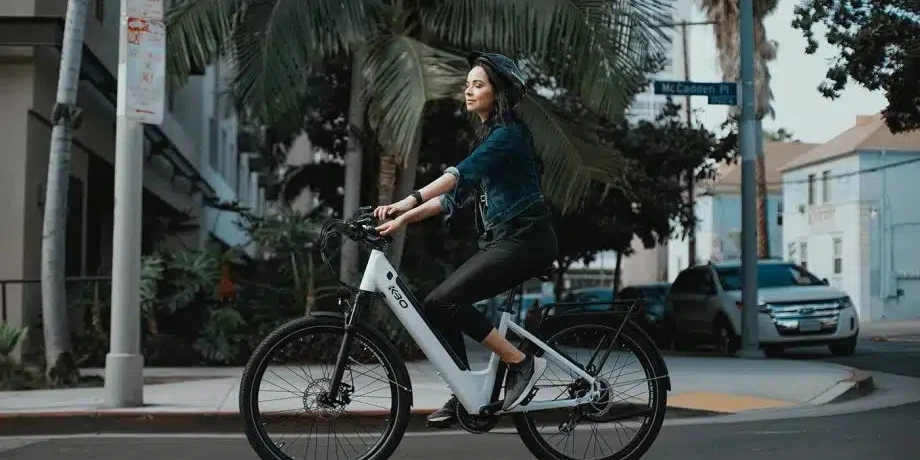Cities were never meant to be parking lots.
Yet in 2025, urban life in many places is still dominated by traffic, noise, emissions, and isolation. But there’s a growing shift—quiet, deliberate, and profoundly impactful.
It’s not driven by policy. It’s driven by pedals.
Cycling is redefining how we live, move, and connect in cities.
Here’s how riding with purpose is reshaping the future of urban life—from mobility to mindset.
1. The City Becomes Human Again
Cars shrink the public realm. Bikes expand it.
With cycling infrastructure:
- Streets transform into shared social spaces
- Sidewalks widen
- Local businesses flourish
- Children play, pedestrians stroll, cyclists glide
Urban living moves from exhaustion to experience.
2. Purpose-Driven Commuting Builds Better Cities
Every bike ride is a vote—for cleaner air, quieter streets, healthier lifestyles, and community-first design.
The more people ride:
- The more cities invest in bike infrastructure
- The less traffic congestion dominates
- The more urban policies shift toward sustainability
Cyclists aren’t just commuters. They’re change agents.
3. Hyperlocal Living Becomes Possible
Cycling encourages a 15-minute city model—where everything you need (work, groceries, cafés, gyms, schools) is reachable by bike or foot.
This means:
- Less dependency on cars
- Stronger neighborhood economies
- Deeper social bonds within communities
Purpose-driven cycling shrinks your world in the best way possible.

4. Mental Health, Rewritten
The daily ride becomes ritual, not routine:
- A buffer between home and work
- A mental reset
- A reconnection with physical space and natural rhythm
In a digital-first, screen-heavy society, cycling offers real-world clarity and sensorial recovery.
5. Equity, Inclusion, and Access
Purposeful cycling isn’t just about personal gain—it’s about democratizing mobility.
A city where anyone—regardless of income—can move freely and safely is a just city.
Accessible bike lanes, public bike-sharing programs, and low-income cycling initiatives are breaking down barriers to mobility and independence.
6. Less Ownership, More Community
Cycling reduces our obsession with possession—less car ownership, less insurance, less isolation.
Instead, you get:
- Bike co-ops
- Repair cafés
- Community ride events
- Shared cycling infrastructure
Urban living becomes less transactional, more collaborative.
7. A New Urban Identity
Cycling rewires how you see your city—and how the city sees you:
- You engage more with your environment
- You become more visible, more connected, more present
- You transform into a participant, not just a resident
Riding with purpose creates an identity of agency. You’re not just in the city. You’re shaping it.
Final Thoughts: Pedals Over Pavement
Urban living doesn’t have to be synonymous with stress, pollution, and alienation.
Cycling isn’t just a healthier commute—it’s a healthier culture. A deliberate act of urban rebellion. A statement of values. A movement toward livable cities powered by people—not engines.
To ride is to reclaim.




